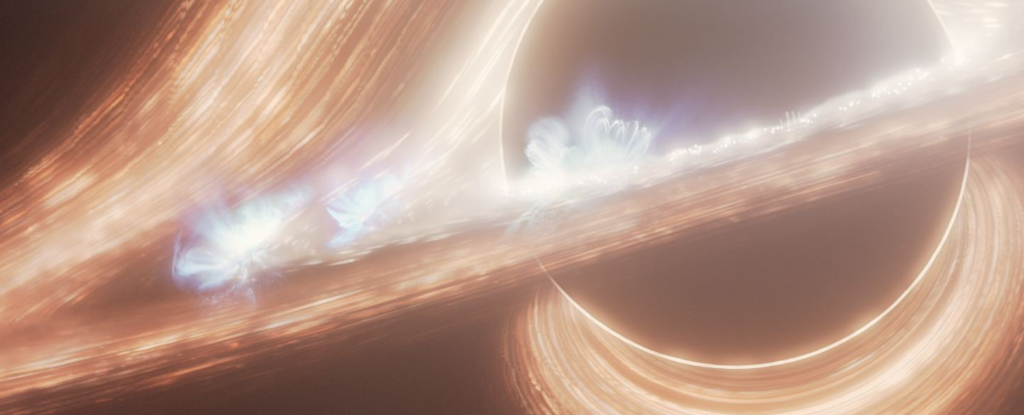ARTICLE AD
Since 2006, PlayStation has prided itself on big, cinematic first-party titles that justify your console purchase, and when they hit, they hit. Over the years, several internal studios have delivered blockbuster franchises like God of War, Marvel’s Spider-Man, and The Last of Us. But spare a thought for the ones that didn’t make the cut: for whatever reason, they just didn’t resonate or hit desired benchmarks, and now remain as odd one-offs with a niche fanbase that loves it for what it was and could’ve further been.
This is the category The Order: 1886 falls into. Developed by the now-closed Ready at Dawn, the PlayStation 4 game came out on February 20, 2015, and was the studio’s first original work after it’d spent years making God of War and Jak & Daxter spinoffs on the PlayStation Portable. At the time, this and FromSoftware’s Bloodborne were the only non-sequel major exclusives Sony had on hand, and both looked to offer something distinct from the present day antics of Infamous: Second Son or Killzone: Shadow Fall’s far-future. Alt-history steampunk wasn’t really well-trodden ground at the time, so The Order’s initial reveal at E3 2013 sure was an intriguing one, even before it teased something supernatural afoot.
 © Ready at Dawn/PlayStation
© Ready at Dawn/PlayStation Save for a handful of fairly well done horror-tinged sequences, The Order is an action-adventure game that was kind of a riot to play for the first time recently. There’s an adorably goofy charm in its setup about the Knights of the Round Table defending London from werewolves and other threats, and things only get wilder from there. The reveal that a transport company’s shipping vampires to the United States, and that one of those vampires is an esteemed noble seen throughout the game and also Jack the Ripper, is so enthusiastically stupid, it’s hard not to get on board. (It also took me longer than it should’ve to realize a minor character with the last name “Doyle” was Sir Arthur Conan, but still cute.) Combine that with good gunplay and solid setpieces like infiltrating and fighting your way through an airship, one-on-one fights with werewolves, and a one-man assault on a bridge, I am on board, bring me a sequel!
Oh, right. The Order: 1886 did not entirely hit with critics and audiences, with particular criticism for its short length—a leaked pre-release playthrough clocked in at about five hours; mine was in the seven or eight-hour range—and being a bit too cinematic. Some chapters are just cutscenes, which are impressive on a technical level, but can feel overindulgent if you’re not bought in on the story being told. According to Ready at Dawn’s co-founder Andrea Pessino in a recent MinnMax interview, the game originally had a more even split, but once Sony locked the game into a hard date, “so much was cut,” and segments originally intended for player input were retooled into non-interactive moments. Ideally, this is something that would’ve been addressed in a follow up, but the window on that has long passed, even before Meta shut down Ready at Dawn in 2024.
 © Ready at Dawn/PlayStation
© Ready at Dawn/PlayStation It’s a crapshoot determining which PlayStation games hit with the type of players who love their tentpole blockbusters. When the style was just emerging during the PlayStation 3 and Xbox 360 era, Naughty Dog’s Uncharted trilogy and the original Last of Us defined what it meant to be a PlayStation Cinematic Experience. Since then, other first-party teams have built upon Naughty Dog’s prestige drama foundations in different ways, while still drawing from movies—God of War’s Norse duology employs a one-shot filmmaking style, while Ghost of Tsuhima openly pulls from old samurai movies and in particular, Japanese director Akira Kurosawa. Insomniac’s Spider-Man games obviously have a lot of cinematic reference material to fall back on, and since the PlayStation 3 era, its Ratchet & Clank games have been compared to Pixar movies, largely owed to their graphics.
Other PlayStation games have less grand ambitions, and embrace more of a pulpy TV energy. Guerrilla Games’ Horizon, Bend Studio’s Days Gone—these carry the energy of solid B-level genre shows that you either love to death or don’t watch, but politely respect those that do. The Order operates in that space, and credit to Ready at Dawn for crafting a game that’s endearingly committed to its own supernatural nonsense while featuring lovingly rendered characters and settings that wouldn’t be out of place in a prestige period drama. Whatever else you can say about the game, you can’t say it’s not trying, but as it goes in the entertainment industry, sometimes your best effort isn’t enough: either it’s not always apparent right away, or it’s fighting to be recognized alongside a dozen other things.
Whatever potential The Order: 1886 didn’t live up to back in 2015, it makes for a solid play in 2025. Who knows how much staying power it actually would’ve had as a franchise, but what’s here was engaging enough to make me wish it could, at the very least, get a remaster or PC port that would allow it to be reexamined as so many other games before it have.
Want more io9 news? Check out when to expect the latest Marvel, Star Wars, and Star Trek releases, what’s next for the DC Universe on film and TV, and everything you need to know about the future of Doctor Who.

 1 day ago
26
1 day ago
26 

